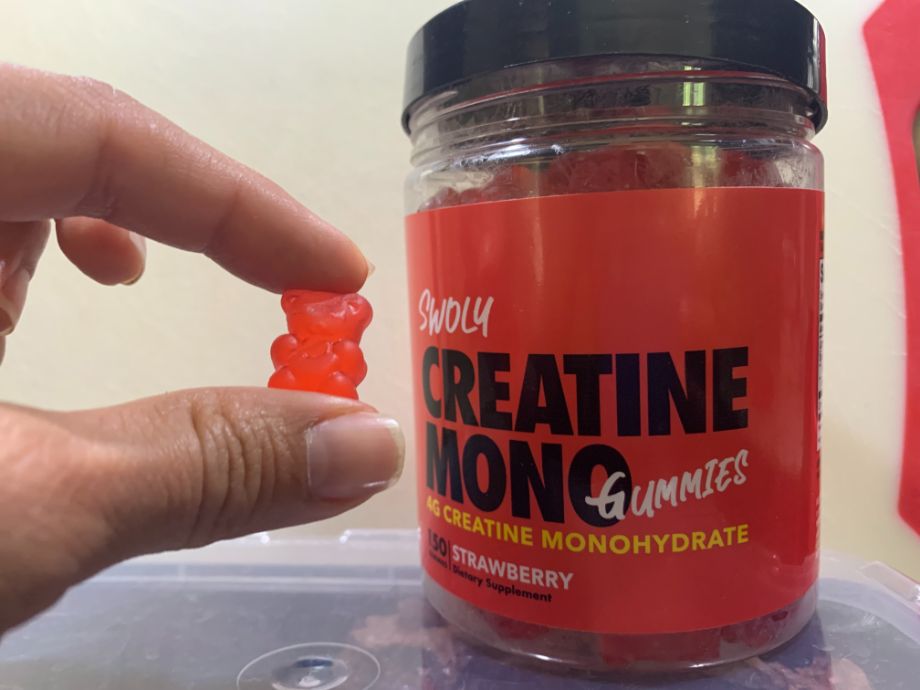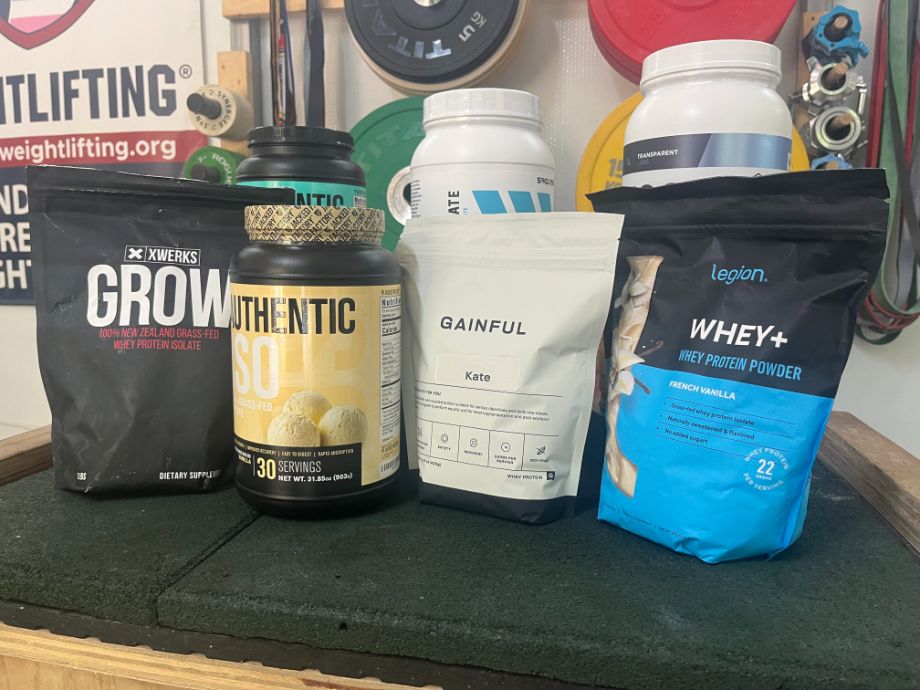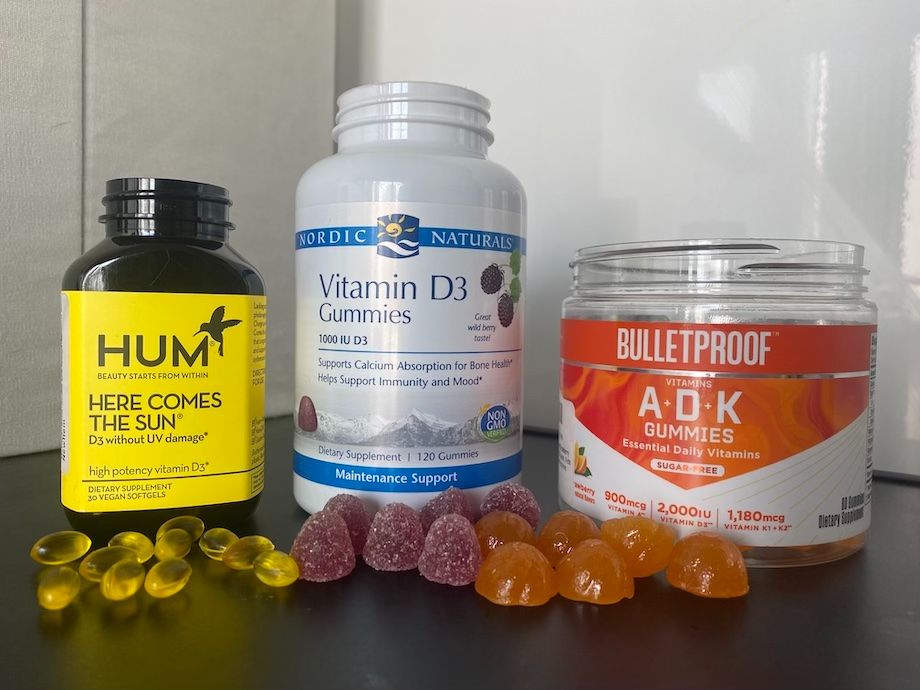The global dietary supplement market size reflects consumers’ health and wellness interests as they evolve over different trends, companies, and demands. A diverse amount of supplements make up the market today: vitamins, minerals, herbal supplements, protein powders, and more. Although the uses and needs are broad, the supplement market is suited to help individuals in their health, wellness, or fitness goals.
This overview explores the supplement industry and its growth, primarily in the global market, but also looks at different regions worldwide. By breaking down the market size by regions, countries, markets, trends, and different supplements, we’ll see how consumer interest and demands impact the market as a whole. This exploration provides a look into the supplement market’s size and where it’s heading in the coming years.
Key Supplement Industry Market Statistics
Over the years, the global dietary supplement market size has been rising. Many trends and events have impacted the market’s growth, most notably in recent years, the COVID-19 pandemic.
- The supplement market has risen, and is projected to continue its growth as consumers become more health conscious.
- The global supplement market increased throughout the pandemic, with a 40% increase in the consumption of vitamin C, an 82% increase in multivitamin usage, and an overall 23% increase in global intake.
- Asia and the Pacific region have the largest share of the market, with 35% in 2023.
What is the Global Supplement Market Size?
The global supplement market size is estimated to be at $182.6 billion as of 2023.
As consumers learn more about health and wellness, supplement use in daily life has increased. Some other influences on the supplement market growth include:
- Consumers are becoming more health conscious and looking for ways to improve their quality of life.
- There’s been a shift to preventative healthcare or trying to prevent or minimize health problems before they become a larger issue.
- As the population grows older, there’s more need for supplements specifically geared toward bone and joint health, cognitive function, and cardiovascular health.
Annual Growth Trends in the Supplement Market
This next section looks at the yearly trends of growth and growth rates for the supplement market.
Supplement Market Size Per Year
The global market size has grown nearly $50 billion in the past five years, from $123.8 billion in 2018 to $182.6 billion in 2023. While an increased awareness of health contributes to much of this growth, other factors impacted the market’s growth, such as a pandemic-driven demand for immunity-boosting vitamins and supplements.
Other factors include:
- Increased interest in preventative medicine
- Online retail
- Expanding global access to health products
- Interest in health maintenance
The chart below further breaks down each year’s key drivers for the market’s annual growth.
| Year | Global Market Size (in Billions $) | Global Market Growth Rate (%) | Key Growth Drivers |
| 2018 | $123.8 billion | 6.3% | Rising awareness of health and wellness, increased interest in preventive healthcare. |
| 2019 | $143.8 billion | 16.20% | Growth in online retail, expanding product range including herbal and organic options. |
| 2020 | $153.7 billion | 6.90% | Pandemic-driven demand for immunity-boosting and wellness supplements. |
| 2021 | $159.5 billion | 3.80% | Continued interest in health maintenance, growth in personalized nutrition. |
| 2022 | $170.3 billion | 6.80% | Innovations in supplement formulations, expanding global access to health products. |
| 2023 | $182.6 billion | 7.20% | Preference for natural, organic, clean label products |
Projected Growth Rate of the Supplement Market
Even with an estimated market size of $182.6 billion in 2023, the future looks bright for the supplement industry. The dietary supplement market is on track to reach over $300 billion by 2030, with a compound annual growth rate (CAGR) of 6.4% from 2023 to 2030.
To provide a clearer picture of the market size and its projected growth, the following table outlines specific figures, the estimated market size, and each year’s projected growth rate:
| Year | Global Supplement Market Size (USD Billion) | Projected Growth Rate |
| 2023 | $182.6 billion | 7.2% annually |
| 2024 | $196.6 billion | 7.7% annually |
| 2025 | $211.7 billion | 7.7% annually |
| 2026 | $229.5 billion | 8.4% annually |
| 2027 | $246.3 billion | 7.3% annually |
| 2028 | $265.5 billion | 7.8% annually |
| 2029 | $279.8 billion | 5.4% annually |
| 2030 | $300.4 billion | 7.4% annually |
Regional Distribution of Market Size and Share
As access becomes easier for consumers in more and more countries, the regional distribution can shift over time as well. The table below shows the global market size and share of each region in 2023:
| Region | Market Size (USD Billions) | Market Share |
| North America | $41.6 B | 24% |
| Asia-Pacific | $60.7 B | 35% |
| Europe | $31.2 B | 18% |
| Middle East & Africa | $9.0 B | 5.2% |
| Latin America | $30.9 B | 17.8% |
Looking at the graph, we can see:
- Asia and the Pacific region have 35% of the market share, with a total market size of $60.7 billion.
- Although Europe has only 18% of the market share in 2023, the continent is projected to grow the fastest from 2024 to 2029 at a CAGR of just over 8%.
- Overall, key drivers include a greater awareness of supplements globally to consumers as well as easier access to these supplements.
Country-Specific Supplement Market Trends
Below is a look at the top countries in the supplement industry, based on market size, as well as the projected CAGR over the next five years. Although Asia is the greatest region, the United States has the largest share of one country, with a $34 billion stake in the supplement market.
| Country | Market Size (USD Billions) | CAGR (2023-2028) |
| US | $34 B | 4.70% |
| China | $20 B | 8.00% |
| Japan | $9.5 B | 5.70% |
| Germany | $2.57 B | 5.25% |
Key Types of Supplements
Out of the main categories of supplements, vitamins hold the largest percentage of the supplement market, at 40.2%.
- Vitamins remain popular due to the shift toward preventive health.
- Herbal supplements have 31.6% of the market share, which is largely due to consumers’ focus on sustainable practices.
- With the increase in athletics and home and commercial gyms, people are looking to optimize their fitness with protein supplements—this share of the market has $19.9 billion in sales.
The chart below breaks down each category’s market share and size, along with key factors in the type of supplement’s interest.
| Category | Market Share | Sales (USD Billions) | Driving Trends |
| Vitamins | 40.20% | $53 | Preventative over cure mindset and the consumer shift away from pharmaceutical products helps drive vitamins popularity |
| Minerals | 13.10% | $17.20 | Viewed as a holistic health approach, minerals are being used to optimize health instead of compensating for deficiencies |
| Herbal Supplements | 31.60% | $41.70 | A large focus on sustainable practices, increase in popularity of plant-based diets, and growing awareness of herbal benefits have helped this category skyrocket |
| Protein Supplements | 15.10% | $19.90 | The boom in athletes and sports nutrition supplements brought protein supplements up with it. A lot of consumers have goals to gain muscle from working out and protein supplements are used to help. |
Popular Forms of Supplements
Below is a look at the market based on the form that the supplement is consumed: powder, tablet, liquid, or gummies/chewables.
| Form | Market Share | Market Size (USD Billions) |
| Tablet | 40.70% | $57.33 |
| Powder | 20.50% | $28.95 |
| Liquid | 33.60% | $47.30 |
| Gummies | 5.20% | $7.37 |
- Tablets lead the global market for the most popular form of dietary supplements. Tablets have lower prices, a longer shelf life, and better packaging than other supplements, leading them to reign supreme.
- Liquids are becoming more popular with consumers due to the ease of consumption, which is especially important to the larger, older aging population.
- Powders are expected to grow in popularity globally due to personalized dosage options, the ability to mix into drinks or food, and an easy alternative for people who struggle to swallow tablets or pills.
- Gummy supplements have the smallest share of the market right now but are anticipated to continue growing since they offer a fun and convenient way to add nutrients to your diet. The ease of consumption makes them appealing to all ages.

Primary End Users of Supplements
As healthcare improves globally, there’s a growing elderly population, which is impacting the demands for certain supplements in the market.
- Middle-aged adults still have a larger share of the market when compared to the elderly, at 46%.
- The elderly population has led to an increased use of vitamins A, B, and D, and calcium, all to improve bone health and to lower any risk of chronic disease.
This chart shows the breakdown of the market by age, as well as the pattern of supplement use for each group.
| Age Group | Market Size | Share | Consumption Patterns |
| Adults | $84.2 B | 46% | Multivitamin and mineral supplements are most popular. Vitamin D is not far behind |
| Elderly | $54.8 B | 30% | Mostly consuming calcium and vitamin groups A,B, D for bone health and to lower risk of age-related chronic disease |
| Infants & Children | $43.8 B | 24% | Vitamins and minerals for growth and development are most popular |
Common Applications of Supplements
Here’s a quick look at the reasons why consumers are buying and using supplements:
- General health was the most common reason for consumers to take supplements, with 39% of users citing this reason.
- Immune health was the reason for 31% of users.
- Energy and weight management is the reason that 30% of supplement takers claim to use them.

Main Distribution Channels for Supplements
When looking at the distribution channels for supplements, we see that:
- Over-the-counter sales had the largest revenue share of 75.65% in 2023.
- Prescribed dietary supplements are expected to grow at a CAGR of 9.5%, due to some consumers being nervous to self-diagnose or self-medicate.
- Offline distribution has had a massive majority of the market share with 82%.
- Online distribution is poised to grow at a CAGR over 13% from 2024 to 2032, with the growing popularity of E-Commerce.
Over-the-counter sales are expected to continue to rise due to convenience and the growing awareness of consumers. Out of offline distribution, 34% of the market share was attributed to supermarkets and hypermarkets.
Key Dietary Supplements Companies
The key players in the dietary supplement industry are Amway, Herbalife Nutrition, Bayer AG, Nestlé Health Science, and Pfizer.
Research and development have become even more important for these companies as the growing space becomes more competitive. Consumers are emphasizing high-quality products, so companies must be able to capture them with effective marketing and product development strategies.
Thanks to advancements in supplement manufacturing and research, companies are innovating custom supplements for consumers based on their genetic makeup, which is a small part of the biohacking trend in recent years.
Supplement Market Size Facts & FAQs
What is the current global market size of the supplement industry?
The current global market size of the dietary supplement industry is $182.6 billion as of 2023.
How has the supplement market grown annually on a global scale?
The dietary supplement market is on track to reach over $300 billion by 2030, growing at a compound annual growth rate (CAGR) of 6.4% from 2023 to 2030.
What are the leading segments contributing to the supplement market’s growth?
Major contributors to the supplement market’s size and growth are vitamins and herbal supplements, which claim 40% and 32% of the global market share, respectively.
Which region is witnessing the fastest growth in the supplement market?
Europe is projected to grow the fastest, with a CAGR of just over 8% from 2024 to 2029.
How do online distribution channels impact the supplement market?
Online distribution is poised to grow at a CAGR over 13% from 2024 to 2032, with the growing popularity and convenience of E-Commerce.






